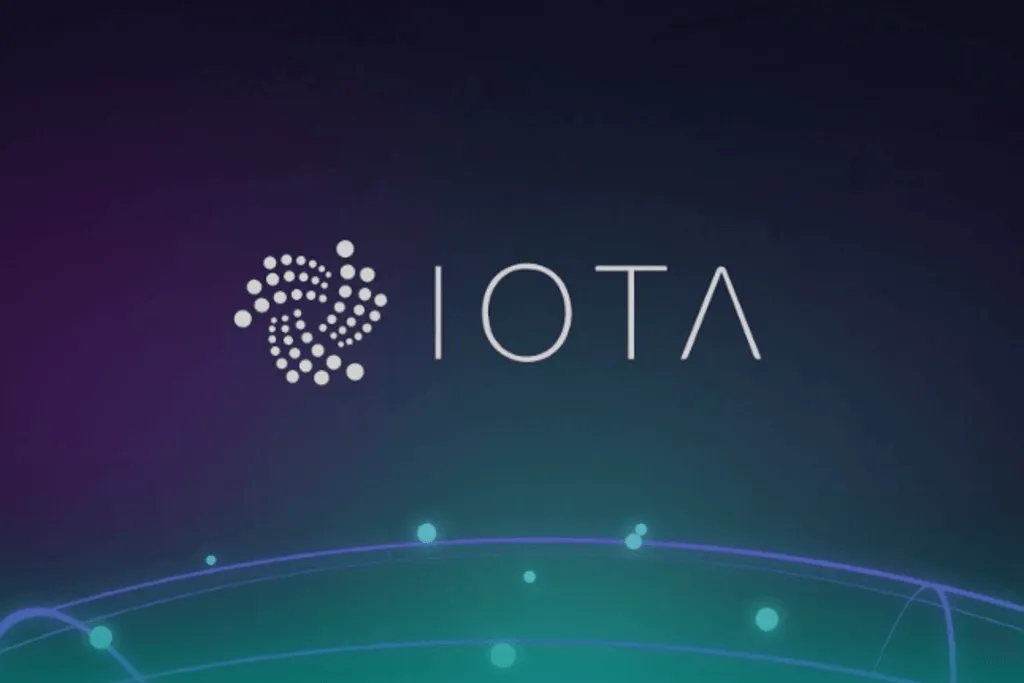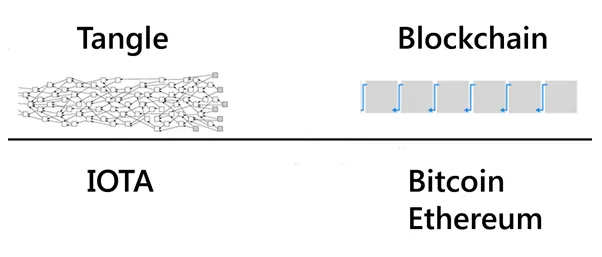
The current Internet of Things implementations rely on centralized server/client systems. All devices are identified, authenticated and connected through cloud servers that need huge processing and storage capacities. The problem is that the connection between devices is not efficient and powerful enough as it will have to exclusively go through the internet, even if they happen to be a few feet apart.

This model has been good enough with small IoT networks and the ones we can see today, but it will not respond to the growing needs of the huge IoT ecosystems of tomorrow.
Decentralized Solution
A decentralized approach to IoT networking would solve the problem described before. Adopting a standardized peer-to-peer communication model to process the hundreds of billions of transactions between devices will significantly reduce the costs associated with installing and maintaining large centralized data centers and will distribute computation and storage needs across the billions of devices that form IoT networks. This will prevent failure in any single node in a network from bringing the entire network to a halting collapse.
IOTA
IOTA is a mind-blowing new open source distributed ledger that is not running the traditional Blockchain technology. It is also known as the backbone of Internet of Things (IoT). Its main innovation is the Tangle network, a new blockless distributed ledger with unique new features like zero fees, infinite scalability, fast transactions, secure data transfer, quantum-proof cryptography, among others.
In IOTA there are no miners / validators to pay a transaction fee to, in order to have ones transaction validated and included in the next block. Instead, consensus is completely decentralized with each network participant that makes a transaction, directly and indirectly confirming past transactions. Because of the effort required in this consensus (which is the computational requirements for a transaction), you have to pay no transaction fees.
Blockchain vs Tangle
So what’s the difference between the Blockchain and the Tangle? Mainly their Architecture. Instead of being structured as a sequential chain where blocks are added in regular intervals, the Tangle is based on a DAG (Directed Acyclic Graph). Through this, IOTA is able to achieve high transaction throughput (by parallelizing validation) and no transaction fees on transactions.

Contrary to today’s Blockchains, consensus is no-longer decoupled but instead an intrinsic part of the system. As the Tangle grows and more participants make transactions, the overall system becomes more secure and faster, with confirmation times per transaction going down.
Conclusion
IOTA is not only an exciting and interesting project for the problems it tries to solve but also for the way it is being implemented. Its innovation makes it one of a kind and a real competitor to Blockchain technology that supports almost every current cryptocurrency project existing nowadays. I believe on the potential of this project and I recommend to take it into account as one of the investment of your long term portfolio.
IMPORTANT: Never invest money you can’t afford to lose. Always do your own research and due diligence before placing a trade.
If you want to keep up with our latest news please:
Follow Crypto-X's Website
Hang out with us in our Slack
Follow Crypto-X on Facebook
Follow Crypto-X on Twitter
Follow Crypto-X on Reddit
Follow Crypto-X on Medium
Donations:
♥ BTC: 14a9FrErT8j3Pp6iJSurXsrNkSqrirV7qe
♥ ETH: 0x5f982128fe96560544feef7edfbf503ab17a134f
♥ LTC: LQPkLe6xYhBxU4knEYP7rACUfj3aevfPtU
